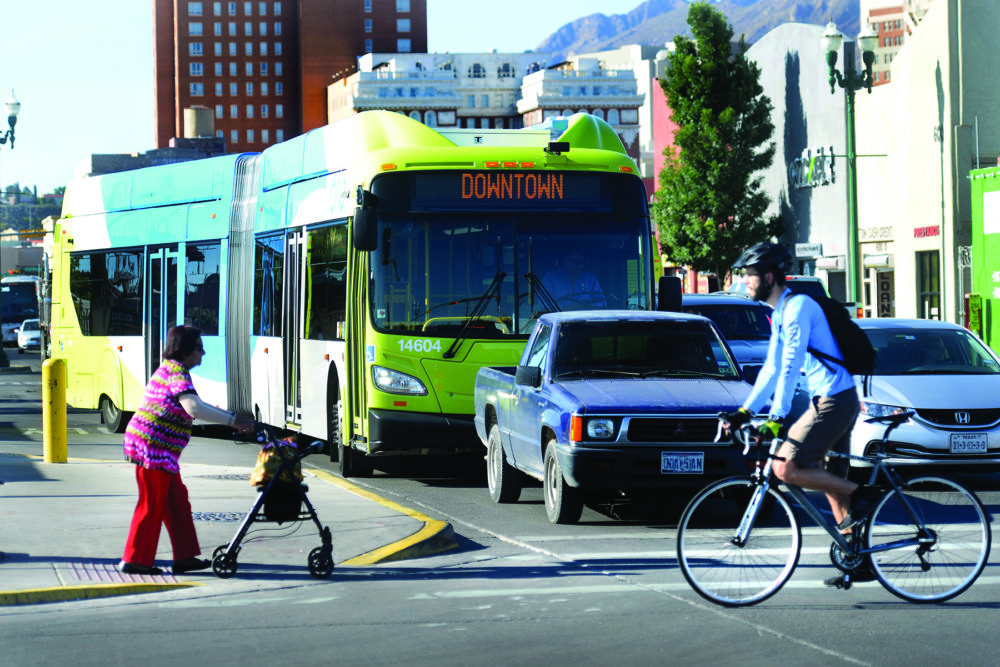Pedestrian Safety Action Plans
Description
Develop PSAPs in urbanized areas. Identify and create funding sources.
Steps For Implementation
- Encourage Texas MPOs, cities, and counties to study pedestrian safety and develop PSAPs, but allow a local broader set of options that include coordination with Vision Zero Action Plans, other safety plans, or active transportation plans (identified solely as PSAPs in further steps).
(Participating organizations: FHWA, MPOs, and city and county agencies) - Develop regional and local PSAPs. (The first wave is FHWA focus cities/regions.)
(Participating organizations: FHWA, MPOs, and local agencies) - Work with MPOs to use existing funding flexibilities to implement PSAP action items and for additional PSAP development.
(Participating organizations: FHWA, MPOs, TxDOT, Texas Transportation Committee, and advocates) - Explore opportunities for funding to encourage wider-spread adoption of PSAPs.
(Participating organizations: MPOs, advocates, TTI, and Texas Legislature) - Implement PSAP action items.
(Participating organizations: MPOs and local agencies) - Evaluate effectiveness and report to stakeholders. Consider the ability to scale to additional communities.
(Participating organizations: TxDOT and TTI)
Participating Organizations
See above for each step.
Effectiveness
*****
(PSAPs
are
FHWA’s lead intervention for cities with high levels of pedestrian fatalities and serious injuries. Cities with PSAPs include New York City, San Francisco, Los Angeles, San Antonio, Austin, and Fort Worth.) Cost to Implement
$$$$$
to
$$$$$
Time to Implement
Short
Medium
Long
Barriers
- Local champions, who may be reluctant to identity safety areas of concern or to commit to additional physical infrastructure, or who may lack the staff capacity to take on additional planning activities.
- Cities’ and MPOs’ need for executive leadership support or champions, which ensure plans can be completed and implemented.
- Need for funding (but minimal compared to potential impact).
- Need for a balanced approach to transportation considering all modes (solutions that benefit all modes).
- Lack of understanding of pedestrian danger/risk and complete multimodal safety performance (pedestrian fatalities make up more than 25% of traffic fatalities in urban areas).
- Collaboration and cooperation required by broad groups of jurisdictions and levels of government.
- Disagreements about effective pedestrian safety strategies (which are also opportunities for this program).
